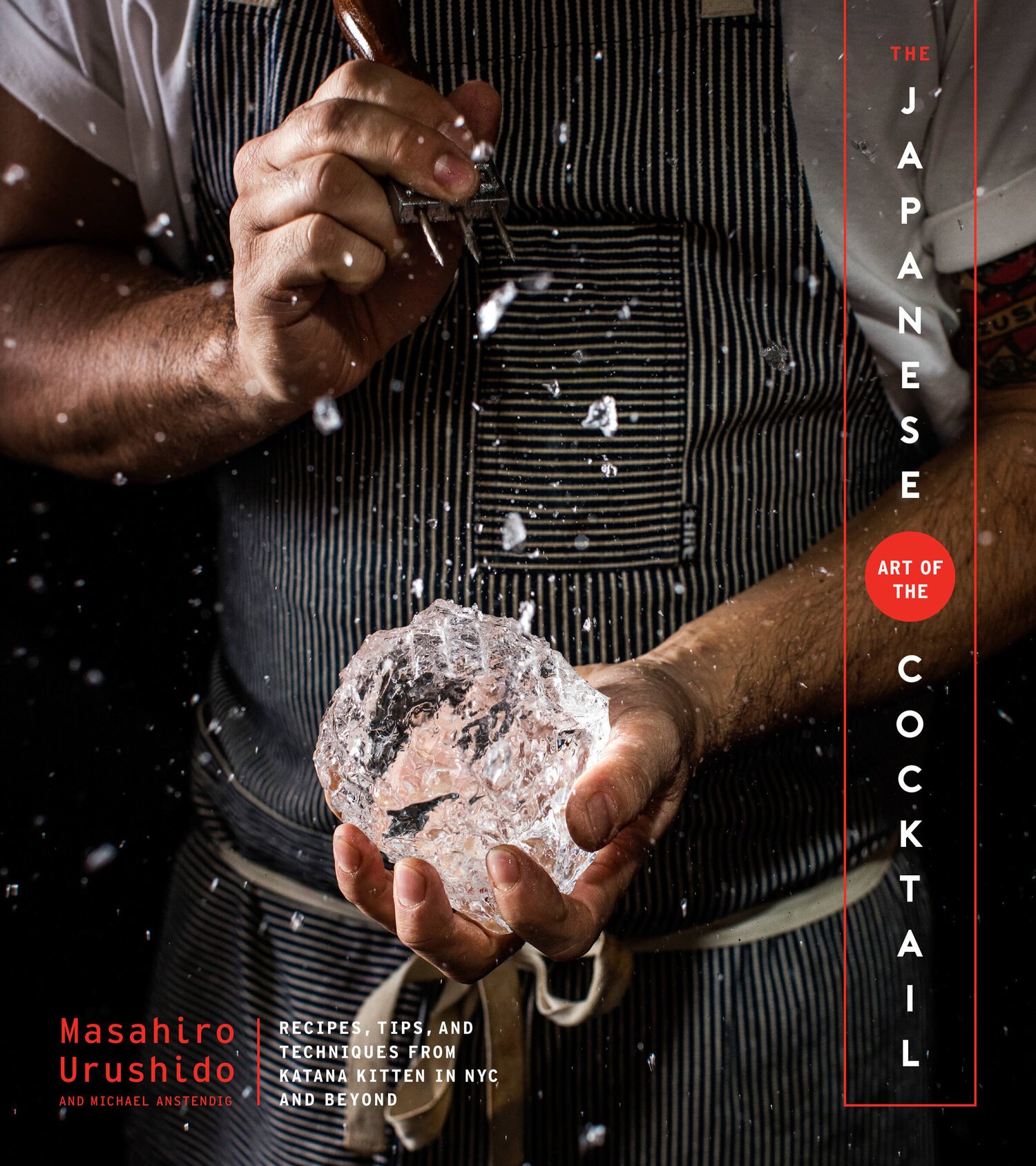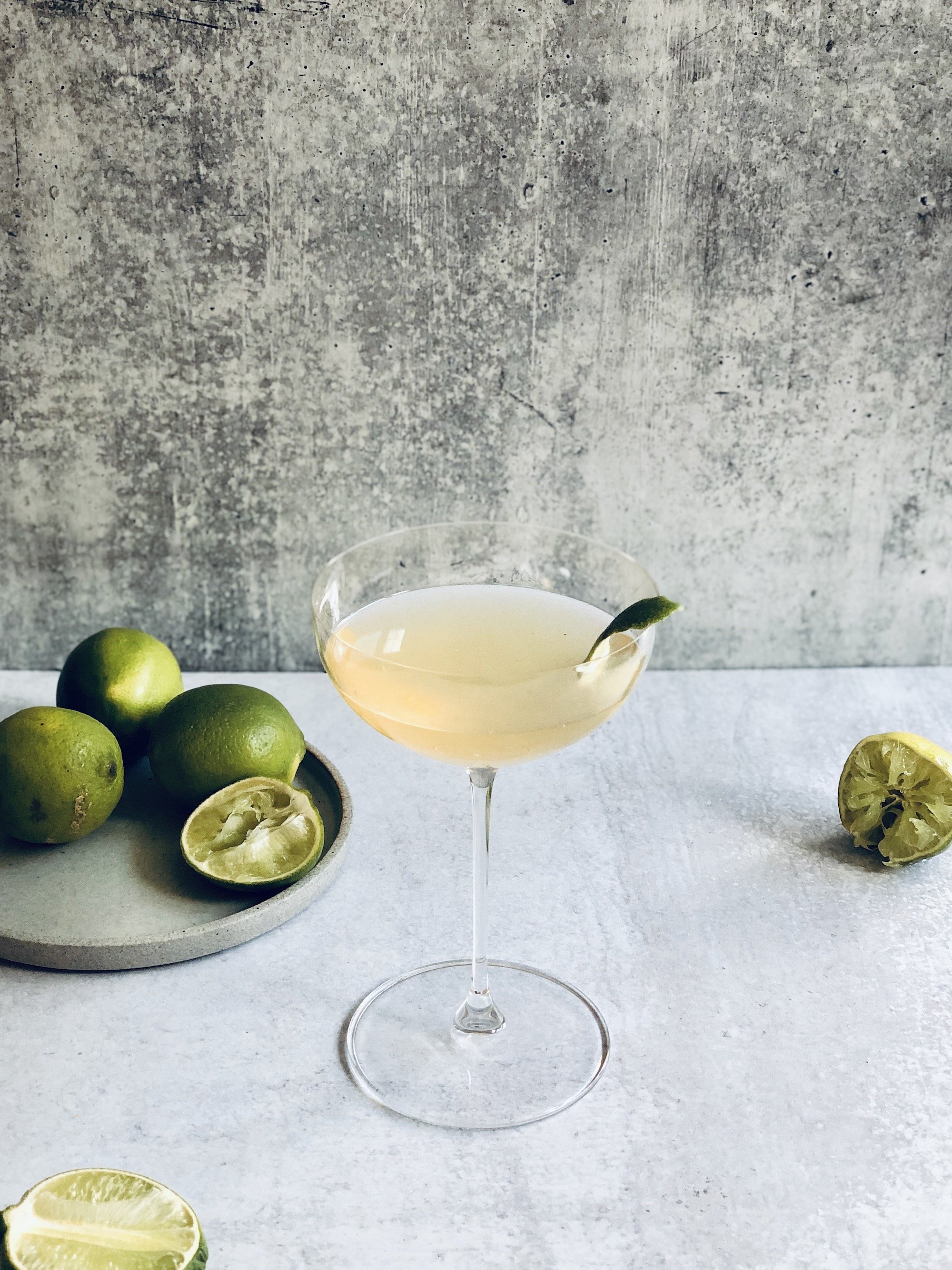The Evolution of Sake Cocktails & 3 Tips for Making Great Ones
“If a cocktail made with sake is pleasing to the palate, why should tradition stand in the way of progress?" That’s the question posed by Rocky Aoki, founder of Benihana restaurants, in his book Sake: Water From Heaven. That progress he mentions has been going full-steam the past few years, as a product that’s been an essential part of Japanese culture for more than 2,000 years has now become a go-to ingredient on the mixology scene.
Reasons for Sake Cocktails
“Sake cocktails are intriguing to people for a lot of reasons, and they’ve recently gained more attention because sake is gluten-free and vegan-friendly,” says James Buxman, marketing manager at SakeOne, based in Forest Grove, Oregon. It brews Junmai Ginjo sake under the brands Momokawa, g saké, Moonstone and Yomi. “Since sake is a very simple alcoholic beverage, it lends itself to making a really good cocktail,” Buxman says. “It’s certainly become more popular among younger, health-conscious people.”
And speaking of health, there’s a hangover-prevention benefit to sake, some say. In their book Sake: A Modern Guide, Beau Timken and Sara Deseran note: “Sake cocktails that are done well can highlight the delicate flavor of sake,[1] not to mention they can help one avoid the distilled alcohol hangover that can come with alcohol such as vodka or gin. But more than anything, they’re a lot of fun.”
“Sake cocktails play into the trend for lower-ABV beverages, since sake, which is brewed, is much less potent than a distilled spirit,” says Michael Anstendig, co-author, with Masahiro Urushido, of The Japanese Art of the Cocktail “When sake is used as the base, the cocktails can also be very food-friendly. And many bars and restaurants without a full liquor license can still make sake cocktails.”
Peter Som's Ginger Pear Sake Martini
Sake Cocktails Then & Now
As mainstream as sake cocktails have become, sake had a long, slow on-ramp to cocktail glory. Culinary creator Peter Som says its story began with grim post-war necessity. “The sake cocktail originated after World War II, when Japan suffered rice shortages,” he says. “Sake production and quality suffered, so cocktails masked and embellished the poorer quality. Sake aficionados would balk at mixing sake with other ingredients, but the world soon discovered that sake is perfect for mixing.”
One of the first cocktails that gained name recognition was the Saketini. “From what I’ve read, it was created in 1964 by Chef Matsuda San during the World’s Fair,” Anstendig says. “But it wasn’t until decades later, during the Martini craze and the mainstreaming of sushi, that it gained wider acceptance.”
One example of that acceptance is the Hinoki Martini, one of the sake cocktails featured in their book, which is currently being served at Urushido’s restaurant, Katana Kitten, in New York. “It’s made with Grey Goose vodka, Spring 44 Mountain gin, fino sherry, Junmai Daiginjo sake and hinoki tree essence, from Japanese cypress trees,” Anstendig says. “It’s served in a conical glass placed in a traditional sake masu, or cedar cup.” The cocktail costs $18.
PinKU Elixir
Another restaurateur who’s made a splash with a sake cocktail is John Sugimura, chef and owner of Minneapolis-based PinKU Japanese Street Food restaurant. His PinKU Elixir is made with sake, rosé sparkling wine, orange liqueur, pomegranate juice, and fresh lime juice. It’s hand-shaken tableside, and it sells for $7.50. “It’s been a hit, and I’d estimate that 75% of eligible drinkers who are in the restaurant order one,” he says.
Sake Mojito photo credit SakeONE
Tips for making sake cocktails
“The sake I use for the elixir is the same as my cooking sake, Gekkeikan, a classic Junmai style sake,” Sugimura says. “I love and adore it. It started operations in 1637, and it’s featured in the Sake Museum in Kyoto. It’s not a sexy brand, more like the Grain Belt beer of sake, but it has a story, real authenticity and a product that’s executed well, which is why I use it for cooking and cocktails.”
Look Beyond Japanese Ingredients
But sake cocktails also have a home in non-Japanese concepts. The New York-based Peruvian cantina and pisco bar Popular has put sake on its cocktail menu. Amy Racine, beverage director at hospitality group JF Restaurants, says, “We have a sake program available at Public Hotel, which is where Popular is located, with about 10 kinds of sake available. We did want to echo that in our cocktail program, and we’ve showcased how well a mineral-driven pisco can pair to a clean sake.” The Por Las Puras is made with moscatel, Nigori sake, cucumber and lime. It sells for $19.
Balance is Key
Looking for tips in creating your own sake cocktail? Buxman says, “Sake is so versatile, that there really aren’t any dos and don’ts. It’s all about being creative and having fun with it.” Som says, “There are different varieties of sake with different profiles, so make sure you taste before you start. In general, a touch of sweetness plus some acid -- I usually love lime -- is a good way to go.”
Go Light
A light hand is always best, experts say. Racine advises, “Sake can be very easily overwhelmed, so use items that just emphasize its delicate flavors. Minerally spirits, melon, and citrus are great to build sake up.” Timken and Deseran note in their book: “Because sake is delicate, the best sake cocktails are the ones that steer clear of complicated ingredients and a lot of hard alcohol. The trick is to highlight the flavor of sake, not bury it.”
Finally, Sugimura offers this advice: “Don’t buy expensive sake for cocktails. My feeling is that if it’s what my grandmother would be comfortable drinking at the table with guests, it’s good enough for my cocktails.”
Sake Sunrise photo credit Tyku Sake
Sake Sunrise
The Sake Sunrise combines sweet and sour flavors, and uses junmai as the base
1 ½ oz Tyku Junmai sake
1 ½ oz orange juice
½ oz grenadine
Slice of orange
Serve over ice, garnish with orange.





